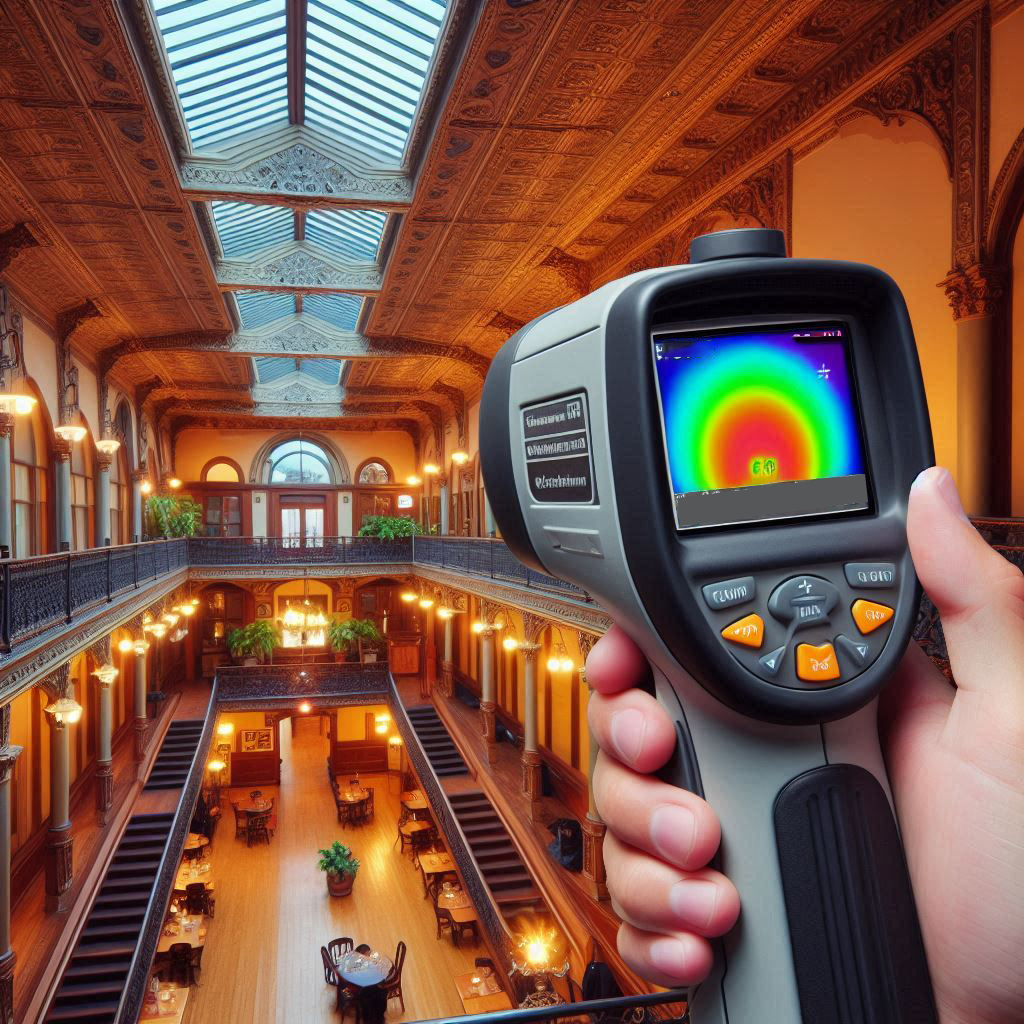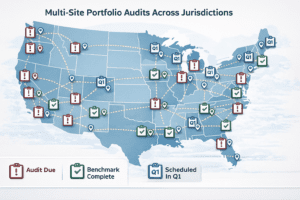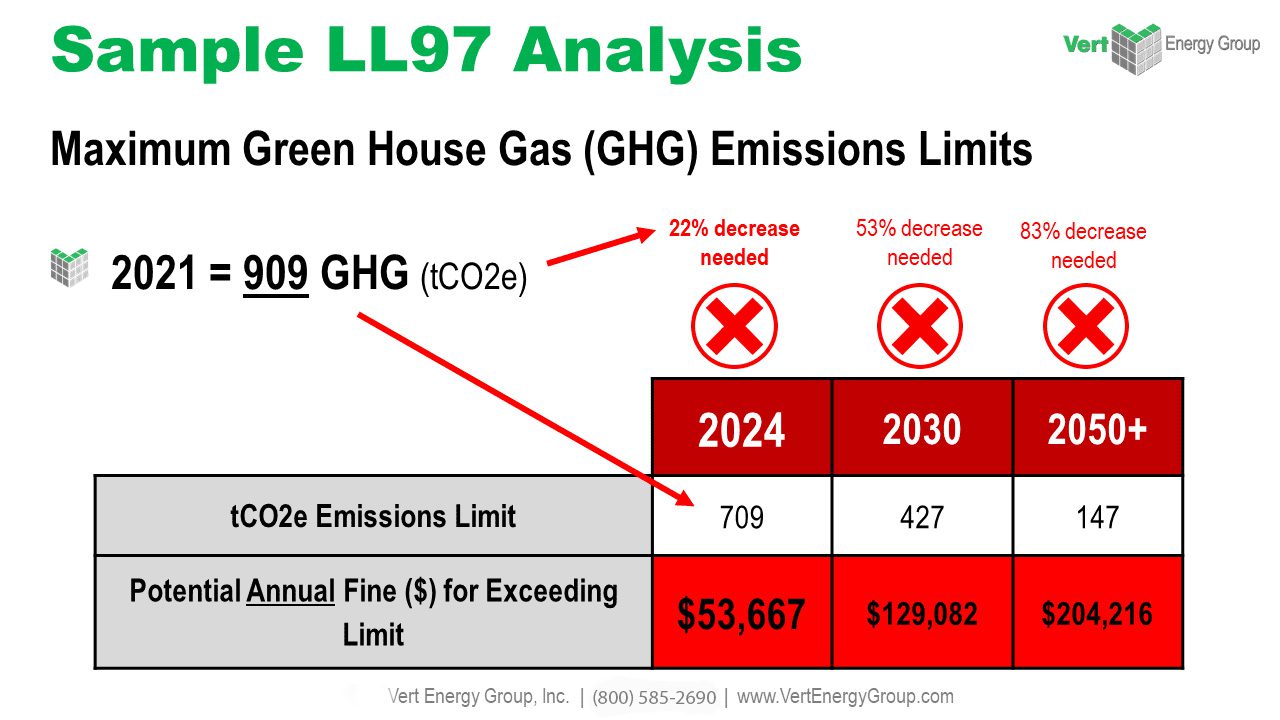I. Introduction
In the heart of Northern California, San Francisco stands as a beacon of innovation and commitment to environmental stewardship. One of the key vehicles driving this green agenda is the implementation of rigorous energy audits. A San Francisco Energy Audit isn’t just a cursory glance at energy consumption; it’s an in-depth, analytical approach to understanding and improving energy use. At its core, an energy audit is about making informed decisions that lead to significant energy conservation and compliance with the city’s strict energy regulations.
Why Energy Audits Matter
In a world where natural resources are dwindling and energy costs are rising, efficiency is king. Energy audits provide a roadmap for reducing waste, improving systems, and ultimately saving money. For businesses, business energy audits can translate into massive operational savings and contribute to corporate social responsibility goals. For homeowners, an audit could mean lower bills and an increased comfort level in their living spaces.
San Francisco’s Energy Regulations Overview
San Francisco’s commitment to reducing its carbon footprint is enshrined in legislation requiring buildings to be more energy-efficient. The Existing Commercial Building Energy Performance Ordinance, for example, necessitates regular energy benchmarking and public reporting for buildings over a certain size. This is just a snippet of the city’s energy-focused legal landscape that affects both homeowners and business operators.
II. Understanding Energy Audits

An energy audit meticulously evaluates how energy is utilized and wasted within a property. This is done through a combination of physical inspections, utility bill analyses, and state-of-the-art diagnostic tools. The goal? To uncover the inefficiencies and recommend effective improvements. Think of an energy audit as a physical exam for your property’s energy health—a crucial step in keeping it in top shape.
The Energy Audit Process
Here’s a closer look at what you can expect during the energy audit process:
- Preliminary Analysis: This primary stage involves gathering historical energy data, which includes reviewing past utility bills and other relevant documentation.
- On-Site Inspection: Energy auditors visit the property to assess physical conditions and understand how occupants use energy. This involves looking at HVAC systems, lighting, appliances, and building envelope features like windows and insulation.
- Testing and Measurement: Using specialized equipment such as blower doors and infrared cameras, auditors measure the effectiveness of insulation and the extent of air leaks.
- Data Analysis: Auditors crunch the numbers, often with sophisticated software, to find where energy is being lost and what improvements will offer the most bang for the buck.
- Recommendations: The final audit report provides a list of suggested energy efficiency measures, ranked by cost-effectiveness, along with estimated savings and potential rebates or incentives.
- Implementation and Follow-up: After recommendations are made, it’s over to the property owner to implement the changes. Some energy audit companies offer support during this stage to ensure that the proposed energy-saving measures are carried out effectively.
III. Importance of Energy Audits
An energy audit is the first and most vital step towards an energy-efficient future. It identifies opportunities for saving electrical and thermal energy, which often go unnoticed in the day-to-day operations of a building. Through energy management strategies derived from audit findings, businesses and individuals can dramatically reduce their environmental impact and adhere to energy compliance standards.
Environmental and Economic Benefits
Audits pave the way for crucial changes that can positively impact the planet and the wallet. By implementing energy-conservation measures, buildings emit fewer greenhouse gases, helping to mitigate climate change, while owners enjoy lower energy costs and increased property values.
IV. Energy Regulations in San Francisco
San Francisco’s climate action plan is among the most aggressive in the United States. The city has legislated various energy-related regulations in line with its goal to become carbon-neutral by 2050. Building owners are at the forefront, required to perform regular energy audits and disclose energy scores.
Impact on Owners and Businesses
These regulations demand action and accountability. Non-residential buildings must conduct audits every five years, with the results informing not only the owners but also prospective buyers and tenants about the building’s energy performance.
V. Necessity of Compliance with Energy Regulations
Compliance isn’t just a good practice—it’s mandatory. Failing to do so can result in penalties, including fines and potential legal action. More importantly, compliance signifies a commitment to a sustainable future, setting an example for others to follow.
Avoiding Penalties Through Proactive Measures
Staying ahead of the curve by scheduling regular energy audits not only helps avoid penalties but also prepares buildings for future regulations that may impose stricter standards.
VI. Using Energy Audits to Comply with Energy Regulations
The pathway to compliance is clear through the lens of an energy audit. These assessments offer actionable steps for buildings to not just meet, but often exceed, regulatory standards.
Steps to Improvement
From basic measures like switching to LED lighting to more complex retrofits such as upgrading HVAC systems, energy audits make the necessary improvements clear and attainable.
VII. Getting an Energy Audit in San Francisco

To start reaping the benefits of an energy audit, property owners should seek out certified energy auditors. In San Francisco, options abound for both residential and commercial properties. Costs vary, but local incentives and rebates can offset expenses, and the long-term savings are typically significant.
Timeframe and Expectations
While the time required for an audit depends on the size and complexity of the property, most owners find that the process is not overly burdensome—and the insights gained are invaluable.
VII. Conclusion
Embracing San Francisco Energy Audits is a smart, necessary move for any conscientious property owner. It is a strategic decision that aligns with both regulatory demands and environmental ethics, ensuring San Francisco continues to lead the way in sustainability and energy innovation.
Encourage your readers to take part in shaping a greener future by investing in an energy audit. It’s more than compliance; it’s about being part of the city’s legacy of progress and responsibility.
VertPro.com serves as a resourceful platform for property owners and managers seeking to enhance their buildings’ energy efficiency. The site offers a range of services, including Commercial Energy Audits, Benchmark Compliance consultancy, and a Construction Marketplace. At the heart of VertPro® is a suite of SaaS technology-based solutions designed to assist in navigating the complexities of Energy Benchmarking and Energy Audits/RCx Plus, while ensuring adherence to over 60 Energy Benchmarking and Energy Efficiency Laws across the country.
For those looking to improve their property’s energy usage and operational value, VertPro.com provides a diverse array of tools and information. The site aims to facilitate a better understanding of energy efficiency practices and legislation, helping building owners and property managers make informed decisions about their energy strategies while complying with all energy ordinances and laws.














